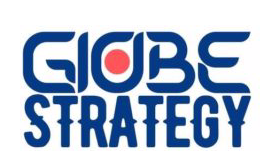This subject focuses on the specifics of strategy and organization of the multinational company, and provides a framework for formulating successful and adaptive strategies in an increasingly complex world economy. Topics include the globalization of industries, the continuing role of country factors in competition, organization of multinational enterprises, and building global networks.
Tag: academic theory
theories. academic frameworks. articles. blogs and signposts to other content.
Fundamentals of Global Strategy
Developing New Products and Services
A central theme of this book is that there is, or should be, a constant struggle going on in every organization, business, and system. The struggle is fueled by the dynamic tension that exists between delivering Midas feature-rich versions of products and services using extravagant engineering and delivering low-cost Hermes versions of products and services using frugal engineering (see Figure 1). Midas versions are high-end products for nonprice-sensitive consumers. Hermes versions are for price-sensitive consumers. The results of this dynamic tension between Midas versioning and Hermes versioning are Atlas products and services. Atlas products and services are designed for mainstream consumers. Atlas products and services incorporate the product design features that will attract the broadest customer base and will also be profitable. The driving force behind the development of Midas, Atlas, and Hermes versions is driven by the implicit creative genius that everyone possess and most businesses should possess as they engage in continuous learning-about and learn-by-doing activities
Building Strategy and Performance
|
The approach described here is based on strategy dynamics (Warren, 2008), a rigorous, fact-based method for developing and managing strategy. The underlying science is known as system dynamics, which originated at the Massachusetts Institute of Technology in the 1960s (Forrester, 1961; Sterman, 2000). Strategy dynamics explain why the performance of an organization has changed through time in the way that it has, provide estimates of where it is likely to go in the future, and |
|
allow management to design strategies and policies to improve that future path. Strategy dynamics achieve this by building an integrated, fact-based picture of how the resources of your business are developing through time, driven by mutual interdependence, management policies, external opportunities, and constraints. |
Principles of Marketing
Global Strategy
Free textbook by boundless on global strategy

